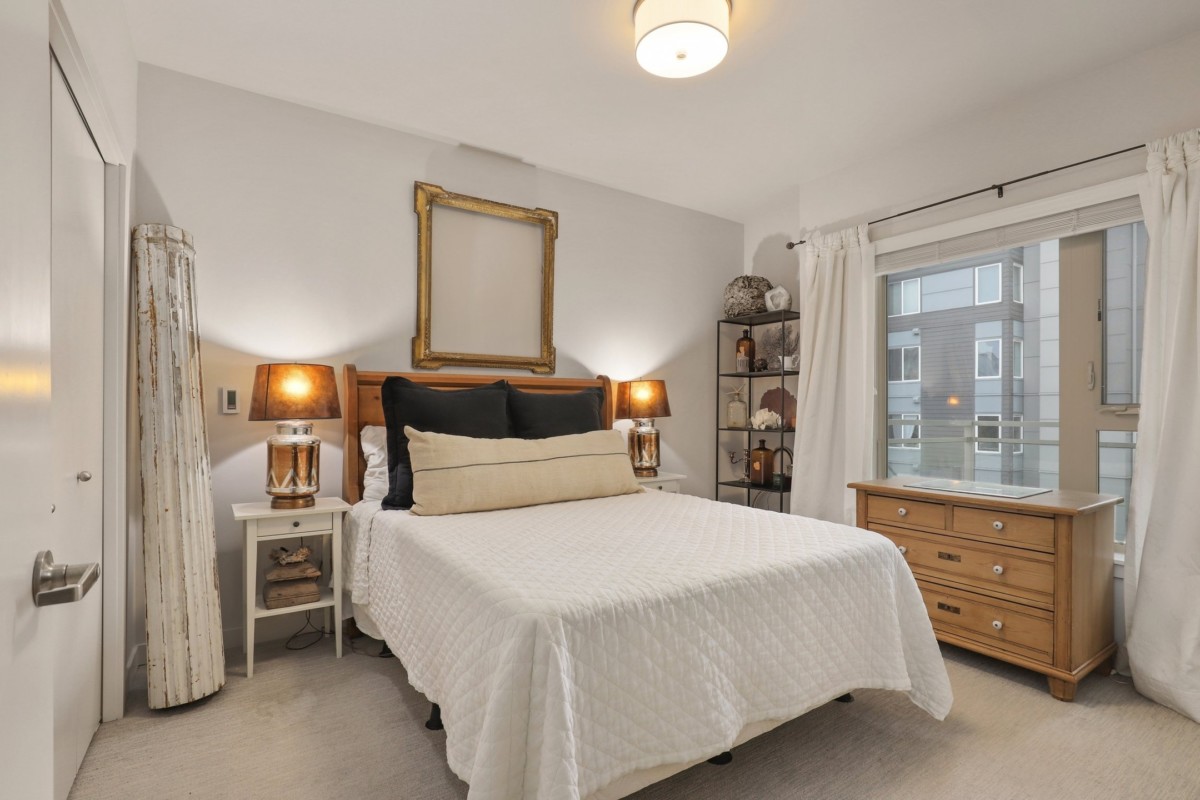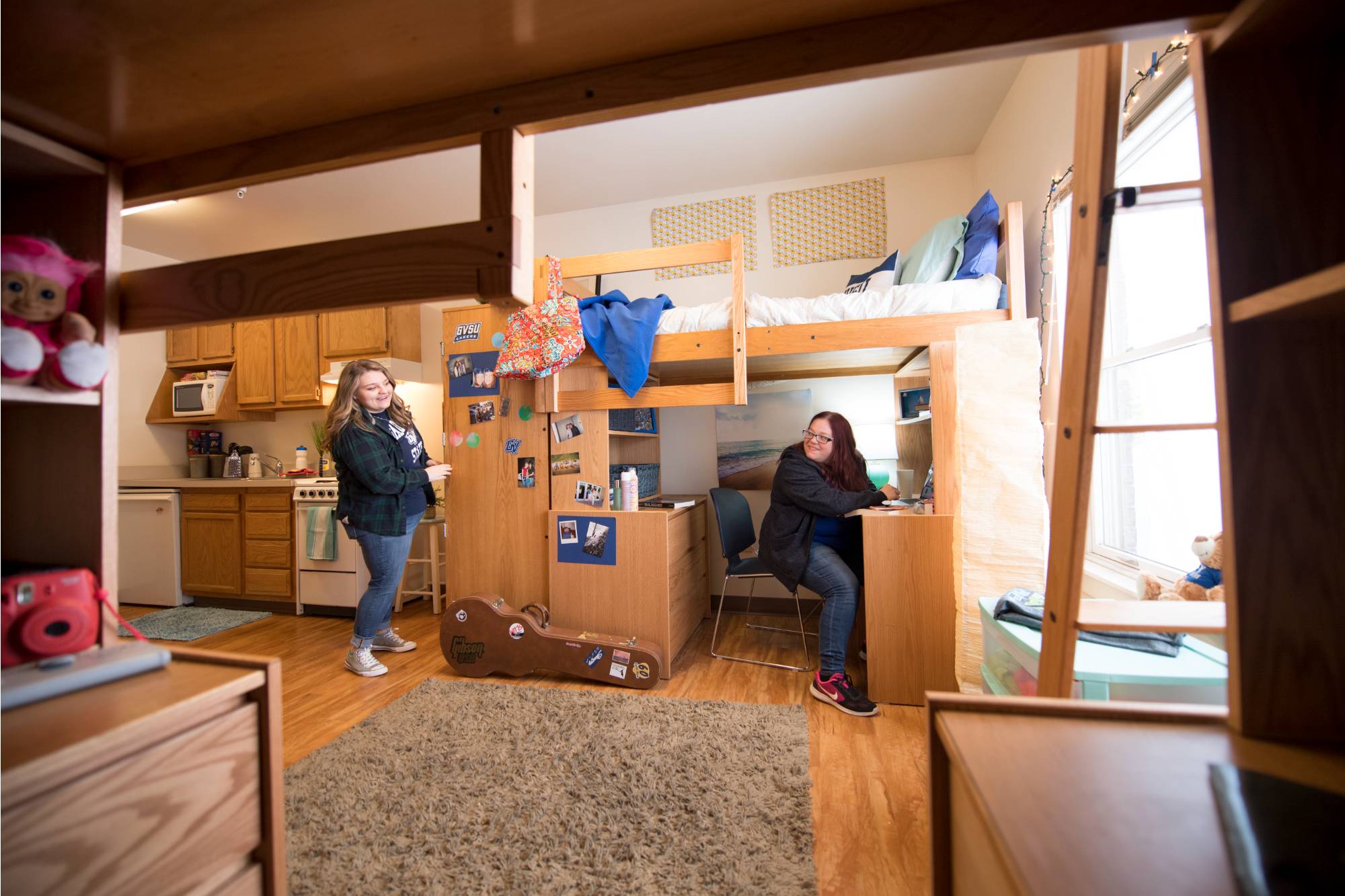Understanding 1 Bedroom Council Flats

Council flats are a crucial part of the housing landscape, particularly in urban areas, offering affordable and secure accommodation to a diverse population. They are typically owned and managed by local authorities, providing a vital service to those who might otherwise struggle to access suitable housing.
Typical Features and Amenities
A 1 bedroom council flat typically comprises a living room, a kitchen, a bathroom, and a single bedroom. The size and layout of these flats can vary significantly depending on the building’s age and location. The basic amenities often include central heating, hot water, and a basic kitchen with a stove, sink, and refrigerator.
Examples of Different Types of 1 Bedroom Council Flats
Council flats come in various forms, catering to different needs and preferences.
- Maisonettes: These are two-story flats with a staircase leading to the upper floor. They often offer more space and privacy than traditional single-story flats.
- Flats in Tower Blocks: These are high-rise buildings with multiple floors, often containing a large number of flats. While they may offer views and proximity to amenities, they can sometimes be associated with issues such as noise and limited natural light.
- Low-Rise Flats: These are smaller buildings with typically two or three floors, offering a more intimate and less crowded living experience compared to tower blocks.
Advantages of Living in a 1 Bedroom Council Flat
Living in a 1 bedroom council flat can offer several advantages, particularly for individuals or couples seeking affordable and secure housing.
- Affordability: Council flats are generally rented at below-market rates, making them a viable option for those on low incomes or with limited financial resources.
- Security of Tenure: Tenants of council flats have strong legal protection against eviction, ensuring a stable and secure living environment.
- Access to Amenities: Many council flats are located in areas with good access to public transport, shops, and community facilities.
Disadvantages of Living in a 1 Bedroom Council Flat
While council flats offer significant benefits, there are also some potential disadvantages to consider.
- Limited Space: A 1 bedroom flat can feel cramped, especially for families or those with a lot of belongings.
- Waiting Lists: There are often long waiting lists for council flats, particularly in popular areas.
- Potential for Issues: Some council flats may require maintenance or repairs, and there can be issues with noise or anti-social behavior from neighbors.
The Application Process and Eligibility: 1 Bedroom Council Flat

Securing a council flat, particularly a one-bedroom unit, involves navigating a specific application process and meeting defined eligibility criteria. This section will Artikel the steps involved in applying for council housing, clarify the eligibility requirements in various regions, compare the application procedures across different council housing providers, and provide examples of necessary documentation.
Application Process
The application process for council housing typically involves the following steps:
- Registering with the local council: The initial step is to register with the local council responsible for housing in your area. This registration involves providing personal details, including your name, address, contact information, and household composition.
- Completing an application form: Once registered, you will need to complete a detailed application form. This form will inquire about your housing needs, financial circumstances, and any special requirements or circumstances.
- Submitting supporting documentation: Along with the application form, you will be required to submit supporting documentation to verify the information provided. This may include proof of identity, income statements, and residency details.
- Being placed on the waiting list: After submitting your application, you will be placed on a waiting list for council housing. The waiting time can vary significantly depending on factors such as the availability of properties, the number of applicants, and local housing policies.
- Being offered a property: When a suitable property becomes available, you will be contacted by the council and offered the opportunity to view the property. If you accept the offer, you will be required to sign a tenancy agreement.
Eligibility Criteria
Eligibility criteria for council housing vary across different regions and councils. However, some common eligibility criteria include:
- Residency requirements: Most councils require applicants to have lived in the local area for a specific period. This residency requirement is often designed to ensure that housing resources are allocated to residents of the area.
- Financial circumstances: Council housing is typically intended for those with limited financial means. Councils may assess your income and assets to determine if you meet the financial eligibility criteria.
- Housing need: Councils prioritize applications based on the level of housing need. Factors such as overcrowding, homelessness, or living in unsuitable accommodation can contribute to a higher priority ranking.
- Other factors: Other factors that may be considered include family size, medical conditions, and any disabilities or special needs.
Application Process for Different Providers
While the general application process for council housing is similar, some variations exist depending on the specific council or housing provider.
- Local authorities: Local authorities typically have their own online application portals where you can submit your application and supporting documents.
- Housing associations: Housing associations, which are non-profit organizations that provide affordable housing, may have their own application processes. These processes may involve completing an application form online or in person, and they may have specific eligibility criteria.
Documentation Required
The specific documentation required for a council housing application may vary depending on the council and the individual circumstances of the applicant. However, common documents include:
- Proof of identity: This may include a passport, driving license, or birth certificate.
- Proof of residency: This could include utility bills, bank statements, or tenancy agreements.
- Income statements: This may include payslips, benefit statements, or self-employment records.
- Other relevant documents: Depending on your circumstances, you may need to provide additional documentation, such as medical certificates or evidence of disability.
Living in a 1 Bedroom Council Flat

Living in a 1 bedroom council flat can offer a stable and affordable housing solution, especially for individuals or couples. It’s essential to understand the various aspects of this type of housing to make an informed decision.
Community and Social Aspects
Council housing often fosters a strong sense of community. Residents share a common experience and often support each other. The close proximity of neighbours can lead to friendships and social interaction. Many council estates have community centers, parks, and other facilities that provide opportunities for residents to engage with each other.
Maintenance and Management
Council flats are typically managed by a local authority. This means that residents have access to maintenance services and repairs. The council is responsible for ensuring that the property is safe and habitable. However, residents have a responsibility to report any issues and to maintain the property in a good condition.
Challenges and Opportunities
Living in a 1 bedroom council flat can present certain challenges, such as limited space and potential waiting lists. However, it also offers opportunities for affordability and access to essential services.
- Space: One-bedroom flats offer limited space, which can be challenging for individuals with larger families or those who need dedicated workspaces.
- Waiting Lists: There may be a waiting list for council flats, and the allocation process can be competitive.
- Affordability: Council flats offer significantly lower rent compared to private rentals, making them an attractive option for those on a tight budget.
- Access to Services: Council housing often provides access to essential services such as healthcare, education, and community support.
Cost of Living Comparison
| Category | 1 Bedroom Council Flat | Private Rental |
|---|---|---|
| Rent | Lower | Higher |
| Utilities | Variable | Variable |
| Council Tax | Lower | Higher |
| Maintenance | Covered by Council | Tenant Responsibility |
| Security Deposit | Not Required | Typically Required |
A 1 bedroom council flat can be a great option for single individuals or couples seeking affordable housing, especially in areas with high property prices. If you’re looking for a similar type of living space but prefer a more suburban setting, you might consider a 1 bedroom apartment in Weston Ranch Stockton.
While council flats are typically government-owned and regulated, apartments in Weston Ranch Stockton offer a range of amenities and living styles to suit different preferences. Both options provide comfortable and independent living spaces for those seeking a cozy and convenient home.
A one-bedroom council flat might be modest, but it provides a roof over your head. Imagine trading that for a luxurious escape in the Dominican Republic, like the royalton bavaro presidential 1 bedroom suite , with its private balcony overlooking the turquoise Caribbean.
While a council flat might be a necessity, a presidential suite offers a taste of paradise, a stark contrast in living experiences.
